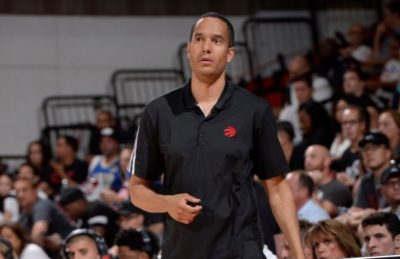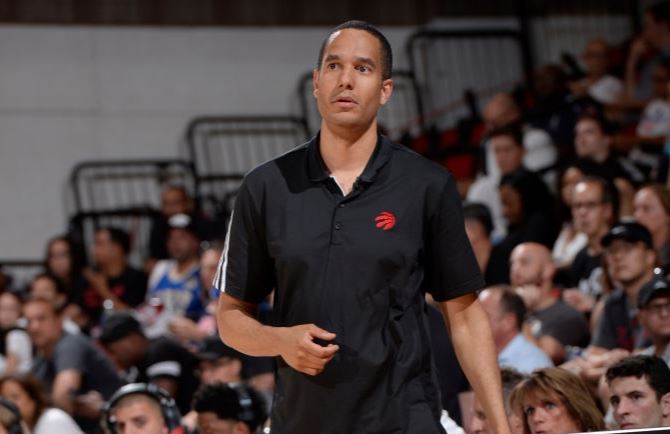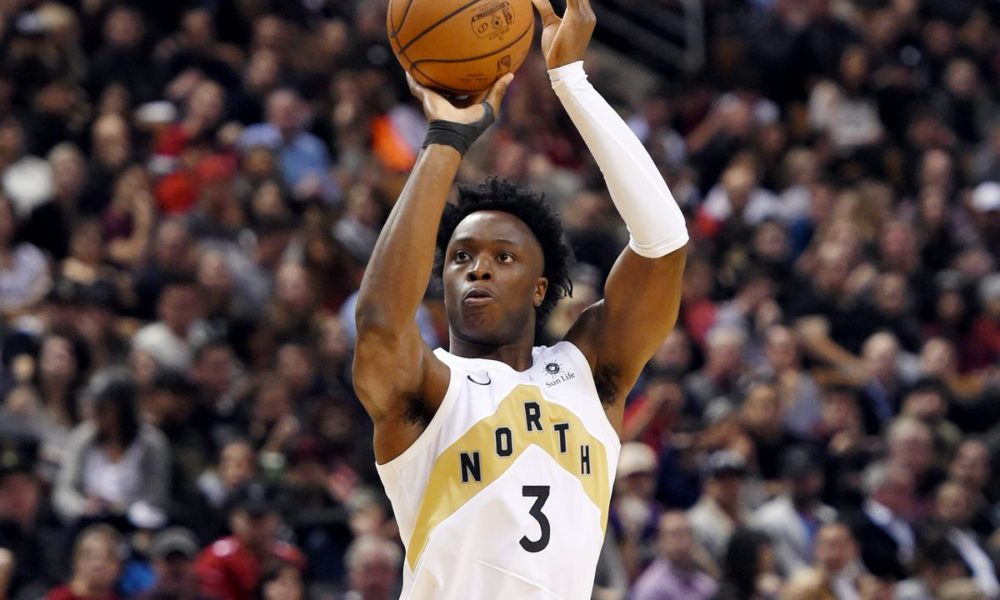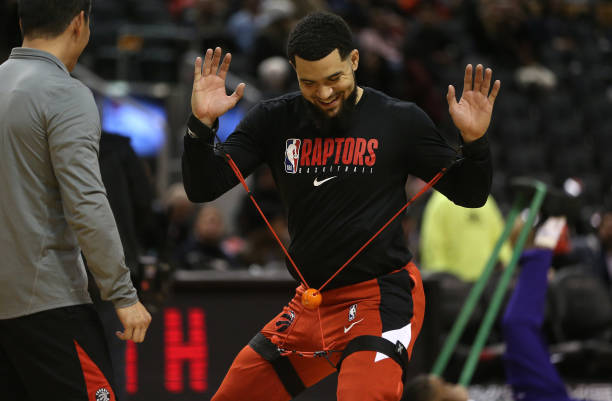
For many the term “team culture” draws a swift eye roll, an idea dismissed as nothing more than abstract, and unproveable. As the adage goes, professionals aren’t supposed to adjust to the style the coach or front office want to implement; the players ought to dictate how you play, and the team brass should go from there. But in the absence of transcendent talent, some teams have developed a mantra that’s unified moderately talented rosters and led to wins on the court.
Last week Jackie MacMullan chronicled the Nets culture that was built with role players after years of suspect coaching and brutal front office decisions. Three years ago Brian Windhorst took us through the maniacal fitness expectations in Miami under Pat Riley. In the GTA, the Raptors and the 905 have become known for using the G League as an incubator to transform players that proved not quite ready for the NBA into solid rotation pieces, or in one case, potentially the first ever G Leaguer-turned NBA All Star.
While the parent Raptors have had the same front office since 2013, the 905’s leadership, much like its roster, has turned over several times since its inception in 2015. The constant churn at head coach – three in four seasons – provides a decent test of the hypothesis that the Raptors’ culture transcends its on-court leadership. Jerry Stackhouse coached the team from 2016-2018, helping to develop the likes of Pascal Siakam, Fred Vanvleet, Norman Powell, and Delon Wright, among others. From there longtime Raptors assistant Jama Mahlalela took over. Stackhouse’s and Mahlalela’s personalities appear completely divergent – Stackhouse the blunt, tough-minded coach not shy about calling out his players; Mahlalela the eternal optimist who at his harshest, would make vague allusions to Chris Boucher’s shot selection needing to be refined. Mahlalela continued the player development trend in his first ever stint as a head coach, helping Boucher and Malcolm Miller earn NBA contracts, but with a different approach than his predecessor.
“This team is very big on positivity. I think it starts with Coach Jama,” J.V. Mukama says just days into his first pro training camp. “He’s very contagious when it comes to that. He always talks about looking at life like it’s always a sunshine outside, even if it’s cloudy, it’s raining, and there have been a couple rainy days this week. But, it’s positivity all the way around from the first to 15th guy.”
“It’s all family, man,” 905 draftee Mike Parks Jr. says with a smile. This is his second pro training camp. “We just be encouraging each other and having each other’s back. We don’t let anybody down. If somebody’s not shooting right we’re gonna encourage them – ‘let’s get some shots up, like, we got you’, no matter if you missin’ or not, you’re gonna keep saying ‘keep shootin.'”
“I think our new players are seeing that they will probably get better playing in this organization, in this system,” Mahlalela says. “I think they’re seeing we play with a lot of energy, and our practices are energy-filled, and you need to be on when you’re on. But we also give you a lot of rest when you’re off, and that’s just a balance I think some teams, maybe, find their different ratios and I think we’ve found a good one.”
“It’s so funny I done lost 10 pounds since training camp started,” Parks jokes. “We’ve been doing a lot of running with the drills, but they be like real fun, so that’s the thing I like about practice.”
While the intangible “family” atmosphere is a cornerstone of Mahlalela’s culture, he has quite a tangible plan for how to get his players to improve their skills.
“Your development model is one that should prepare the player for the game,” Mahlalela said late last season. “You can do drills as much as you want but it’s all about transfer. So finding drills that transfer to the game is really important. I think the development plan for each of our players are based around that: What are they actually gonna contribute in the game to help us win? That’s the goal.
“The (development plan) needs to be very specific. It needs to be what they’re going to do in the game. That has to be the key.”
Mahlalela also despises the widely held notion that winning and losing means nothing in the G League. To Mahlalela part of the development process is understanding how to win games, especially at the pro level, where unlike in college, games are so often decided in the final three minutes.
The former Raptors assistant coach’s culture hasn’t gone unnoticed.
“Obviously I did some research before coming here,” Tyler Ennis says. The Brampton, Ontario native and first round pick in 2014 spent four seasons in the NBA, then signed with Turkish Club Fenerbahce. But eight games into his tenure there he fractured his tibia. A year later, he signed with the 905 to continue his road back to the NBA.
“Everybody’s told me great things. From what I hear, it’s one of the most promising organizations if you’re gonna come and play in the G League,” Ennis says. He also has a prior relationship with Mahlalela, which aided in his decision.
“I think they really invest time and really care about the development. So I think that was the main thing for me is being able to get better and just learn under the coaching staff and system that created such successful players in the league.”
With a pair of two-way players and three others bringing NBA experience, the 905 have perhaps their most talented opening night roster ever. Just like every previous season of the 905’s existence, the expectation will not only be to maximize their NBA prospects’ potential, but to make a fourth straight deep playoff run. Given the team culture that has been built by the 905, it seems likely that both of those goals will be accomplished once again by the G-League powerhouse.




